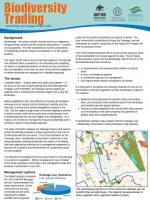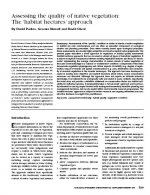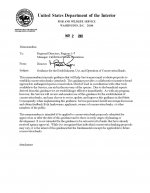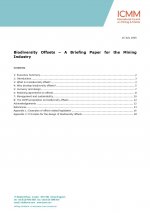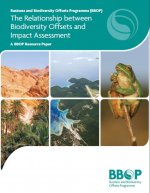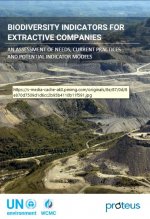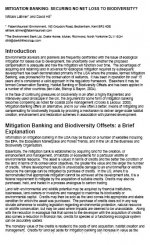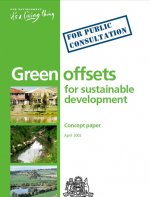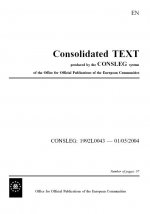Biodiversity Trading: Protecting our Unique Biodiversity
Government of AustraliaBiodiversity the array of plants, animals and micro-organisms, the genes they contain and the functions they perform sustains our ecosystems. The inter-dependence of all the components of biodiversity provides balance and stability to our life support systems.
Assessing the Quality of Native Vegetation: The Habitat Hectares’ Approach
David Parkes, Graeme Newell, David ChealAssessments of the quality, condition or status of stands of native vegetation or habitat are now commonplace and are often an essential component of ecological studies and planning processes. Even when soundly based upon ecological principles, these assessments are usually highly subjective and involve implicit value judgments. The present paper describes a novel approach to […]
Guidance for the Establishment, Use, and Operation of Conservation Banks
Fish and Wildlife ServiceThis memorandum is intended to be applied to conservation bank proposals submitted for approval on or after the date of this guidance and to those in early stages of planning or development. It is not intended for the guidance to be retroactive for banks that have already received agency approval. While it is recognized that […]
Biodiversity Offsets A Briefing Paper for the Mining Industry
International Council on Mining and MetalsIndustry faces challenges as a result of its social, economic and environmental footprint. Since the mid 1990s, the mining industry has engaged in dialogue with environmental and social development organisations to determine how to address these challenges. Through this dialogue biodiversity has been identified as a key business and environmental issue. ICMM member companies are […]
The Relationship between Biodiversity Offsets and Impact Assessment
BBOPThis Resource Paper was prepared by the Business and Biodiversity Offsets Programme (BBOP) to help developers, conservation groups, communities, governments and financial institutions that wish to consider and develop best practice related to biodiversity offsets. It offers information on how to integrate biodiversity offsets with impact assessment, including Strategic Environmental Assessment (SEA) for policies, plans […]
Faustian bargains?
Restoration realities in the context of biodiversity offset policies
Martine Maron, et al - The University of QueenslandThe science and practice of ecological restoration are increasingly being called upon to compensate for the loss of biodiversity values caused by development projects. Biodiversity offsettingcompensating for losses of biodiversity at an impact site by generating ecologically equivalent gains elsewheretherefore places substantial faith in the ability of restoration to recover lost biodiversity. Furthermore, the increase […]
BIODIVERSITY INDICATORS FOR EXTRACTIVE COMPANIES
AN ASSESSMENT OF NEEDS, CURRENT PRACTICES AND POTENTIAL INDICATOR MODELS
The UN Environment World Conservation Monitoring Centre (UNEP-WCMC)Biodiversity indicators are an essential tool for understanding and managing changes in biodiversity. Efforts by the private sector to develop biodiversity indicators have often focussed on measuring biodiversity management actions rather than measuring on the ground changes in the status of, and pressures on, biodiversity. This is largely due to methodological and data challenges. This […]
Mitigation Banking: Securing No Net Loss to Biodiversity?
William Hill, David Hill - Latimer, LatimerEnvironmental advisors and planners are frequently confronted with the issue of ecological mitigation for losses due to development, the uncertainty over whether the proposed compensation is adequate and how the mitigation will function over time. The advantages of acquiring and retaining land in advance for ecological mitigation required by subsequent development has been demonstrated primarily […]
Green Offsets for Sustainable Development: Concept Paper
Government of AustraliaSustainable development takes a long-term view, and looks to the future effects of what we do today. It gives priority to building a healthy nation and world to pass on to future generations. However, population growth and changing lifestyles pose new challenges demanding fresh resolve and innovative approaches to lead us to a sustainable future.
Council Directive 92/43/EEC of 21 May 1992 on the Conservation of Natural Habitats of Wild Fauna and Flora
European UnionWhereas it is recognized that the adoption of measures intended to promote the conservation of priority natural habitats and priority species of Community interest is a common responsibility of all Member States; whereas this may, however, impose an excessive financial burden on certain Member States given, on the one hand, the uneven distribution of such […]


